Did you know that pickling is one of the oldest forms of food preservation? It's true! This process involves submerging the food in either vinegar or salt brine to prevent it from going bad.
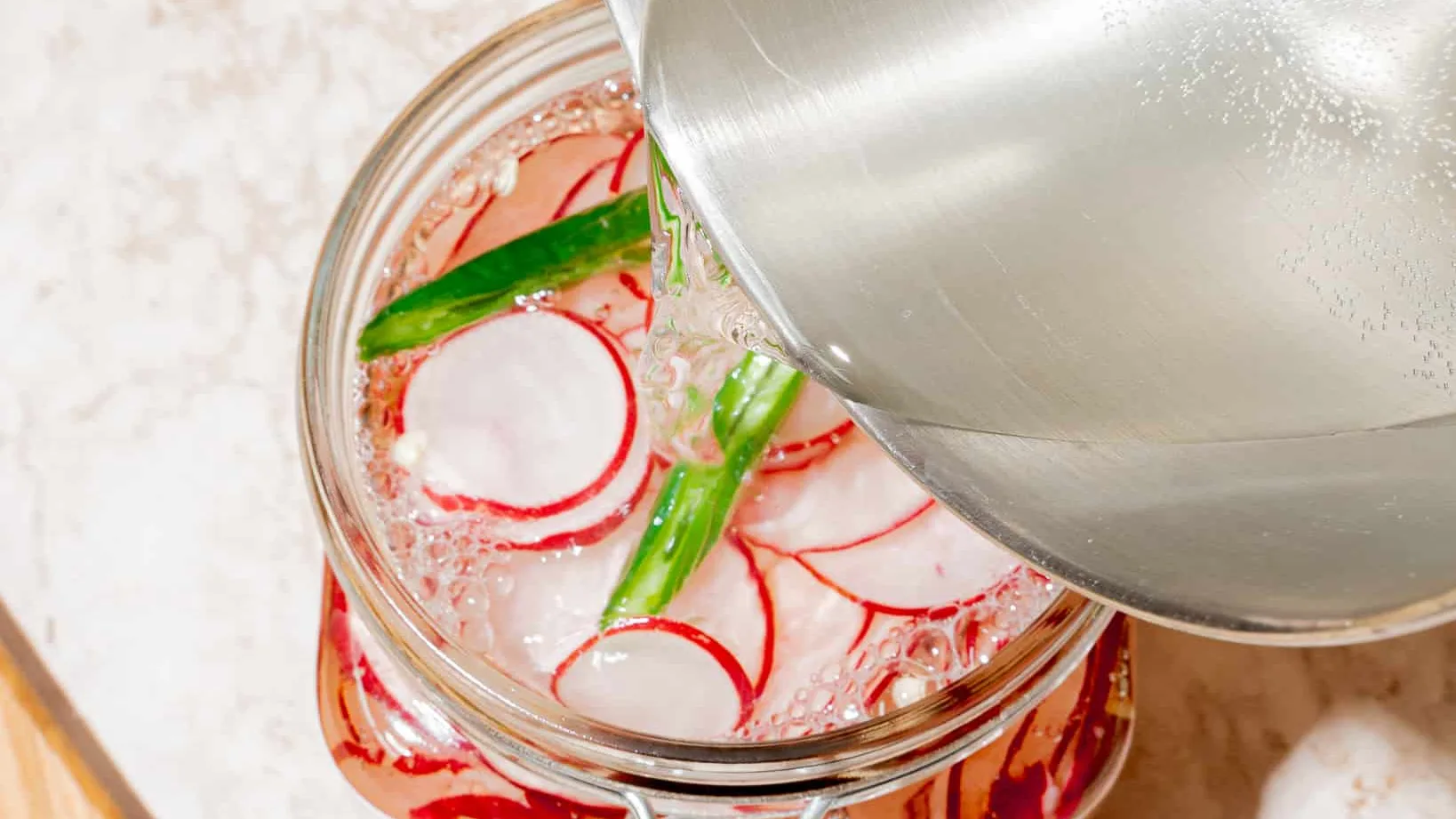
Unfortunately, when it comes to preserving or spoiling food, not all bacteria are equal in their ability to do so. This is because spoiling is closely linked with the presence of bacteria. Nevertheless, pickling has been used for centuries to keep food, and it's still a popular method today.
By submerging the food in either vinegar or salt brine, it can be kept from spoiling. It's important to note that spoiling is a process caused by bacteria. However, not all bacteria are created equal when spoiling or preserving food. Including examples of fermented foods from different cultures can showcase the diverse range of pickling techniques and encourage culinary exploration. This can expand readers' knowledge of global cuisine and inspire them to try new pickling methods.
When it comes to preserving food, one effective method is to create a salt brine solution. This helps to prevent spoiling, which is caused by bacteria. However, not all bacteria are created equal when spoiling or preserving food. People have been using pickling for centuries to keep their food fresh and tasty for extended periods.
The main objective of pickling is to hinder the growth of harmful bacteria. When vinegar is used in pickling, its high acidity prevents most bacteria from flourishing, ensuring that the food is preserved as long as it is immersed in the vinegar solution. On the other hand, brine pickling fosters controlled fermentation, which is observed in sauerkraut and kimchi. This method promotes the growth of beneficial bacteria.
The goal of pickling is to prevent harmful bacteria from growing.
With brine pickling, controlled fermentation is encouraged, like in the case of sauerkraut and kimchi. This allows beneficial bacteria to grow, crowding out any harmful bacteria that will cause the food to spoil. The exciting thing is that the food's look, texture, and flavor change.
The same thing happens with cheese, by the way, which is fermented milk. Fermented foods make a great addition to your diet. The beneficial bacteria in these foods are healthy for you and help you improve the bacteria that live in your gut. This, in turn, has a beneficial impact on anything from your digestion to your immune system.
In other words, eating pickled foods regularly is suitable for your gut and your health. Pickling is also a cost-effective preservation method. And the same type of food can be pickled in a few different ways.
Let's take pickled cucumbers, for example.
Kosher pickles are an example of preserving cucumbers in a vinegar solution. On the other hand, most dill pickles are preserved in a brine. At the same time, that mixture may include vinegar, dill, other pickling spices, and salt.
Sauerkraut is another great example of fermented food, as is kimchi. Fermented pickled vegetables can be found globally, a preservation method for thousands of years. There is no need for power, cold temperatures, or special equipment. If you have salt, you can figure out how to ferment and preserve your harvest in one form or another.
It is a fun and exciting aspect of food preservation to get into. Also, since each culture fermented different foods in different ways, there are all sorts of other dishes to explore.
Can we extend the fresh flavors of summer just a little longer? In days past, the solution was pickling and canning vegetables that peak during the warm weather months, such as corn and cucumbers.
Did you know that pickling is one of the oldest forms of food preservation? This process involves submerging the food in either vinegar or salt brine to prevent it from going bad. Unfortunately, when it comes to preserving or spoiling food, not all bacteria are equal in their ability to do so. Spoiling is closely linked with the presence of bacteria. Nevertheless, pickling has been used for centuries to keep food fresh, and it's still a popular method today.
The main objective of pickling is to hinder the growth of harmful bacteria. When vinegar is used in pickling, its high acidity prevents most bacteria from flourishing, ensuring that the food is preserved as long as it is immersed in the vinegar solution. On the other hand, brine pickling fosters controlled fermentation, which is observed in sauerkraut and kimchi. This method promotes the growth of beneficial bacteria. The exciting thing is that the food's look, texture, and taste change.
Pickling is not only a healthy choice but also a cost-effective method of food preservation. One batch of garden produce can be pickled using different techniques. For instance, kosher pickles are preserved in a vinegar solution, while dill pickles are typically preserved in a brine consisting of vinegar, dill, pickling spices, and salt.
Furthermore, fermented pickled vegetables like sauerkraut and kimchi have been used for preservation worldwide for thousands of years. The National Center of Home Food Preservation has quite a few resources in addition to this guide and is a good reference point for best practices in food preservation.
To start pickling, place uncooked, fresh vegetables into sterile canning jars. Prepare a mixture of vinegar, sugar, salt, and spices, and bring it to a boil. Then pour the boiling pickling liquid over the produce, close the jar lids tightly, and place them in the refrigerator. Your pickled produce will last two months.
Anatomy of a Pickle Brine
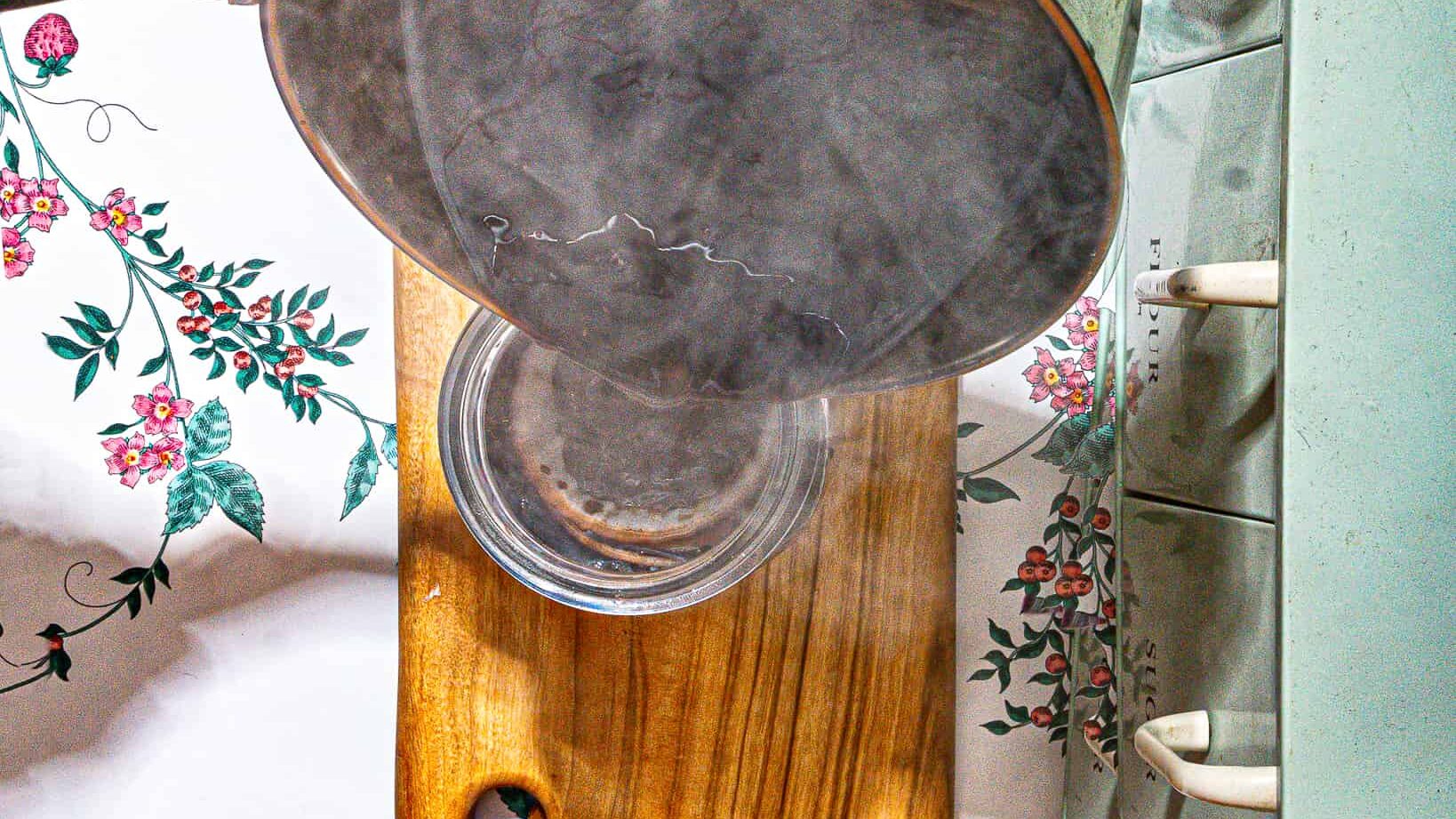
Here's a breakdown of what goes into a pickle brine:
Vinegar
- apple cider vinegar
- white vinegar
- wine vinegar: white wine vinegar
- Lemon juice
Spices
- red pepper flakes
- cinnamon stick
- black peppercorns
- food-grade lime
Salt
- sea salt
- kosher salt
- table salt
Sugar
Expert Tips
- Sterilize jars by covering them with water in a large saucepot and boiling them for 10 minutes.
- Always start with just-ripened produce, free from bruises or bad spots.
- Dill, mustard seed, turmeric, red pepper, allspice, celery seed, and mixed pickling spice are perfect flavors for pickling.
- Use non-iodized salt to avoid sediment or clouding of the pickling liquid.
- Vinegar and salt amounts should always be maintained because they are essential for pickling.
- Allow filled jars to cool before placing them in the refrigerator.
Step-by-Step Instructions for Refrigerator Pickles
1. Wash cucumbers with cold water. Cut off ends and cut into ⅛-inch thick slices
2. Place slices into 8 hot sterilized half-pint or 4-pint jars with lids.
3. Mix the remaining brine ingredients in a medium saucepan. Bring the brine to a boil on medium-high heat, stirring to dissolve sugar and salt. Reduce heat and simmer for 5 minutes.
4. Ladle the brine over the cucumbers, leaving ¼-inch headspace. Stir each jar well. Cool.
5. Place lids on jars and refrigerate the pickles. Shake jars once a day for 3 to 5 days to redistribute seasonings and blend flavors.
Enjoy your homemade pickles and savor the flavors of summer all year round!
Pickled Fruit
When it comes to pickling fruits, certain varieties work particularly well due to their texture, flavor, and ability to withstand the pickling process. Here are some fruits that are commonly used for pickling:
Green tomatoes: Unripe green tomatoes are often pickled to create tangy and crispy pickles. They add a unique and slightly tart flavor to pickling recipes.
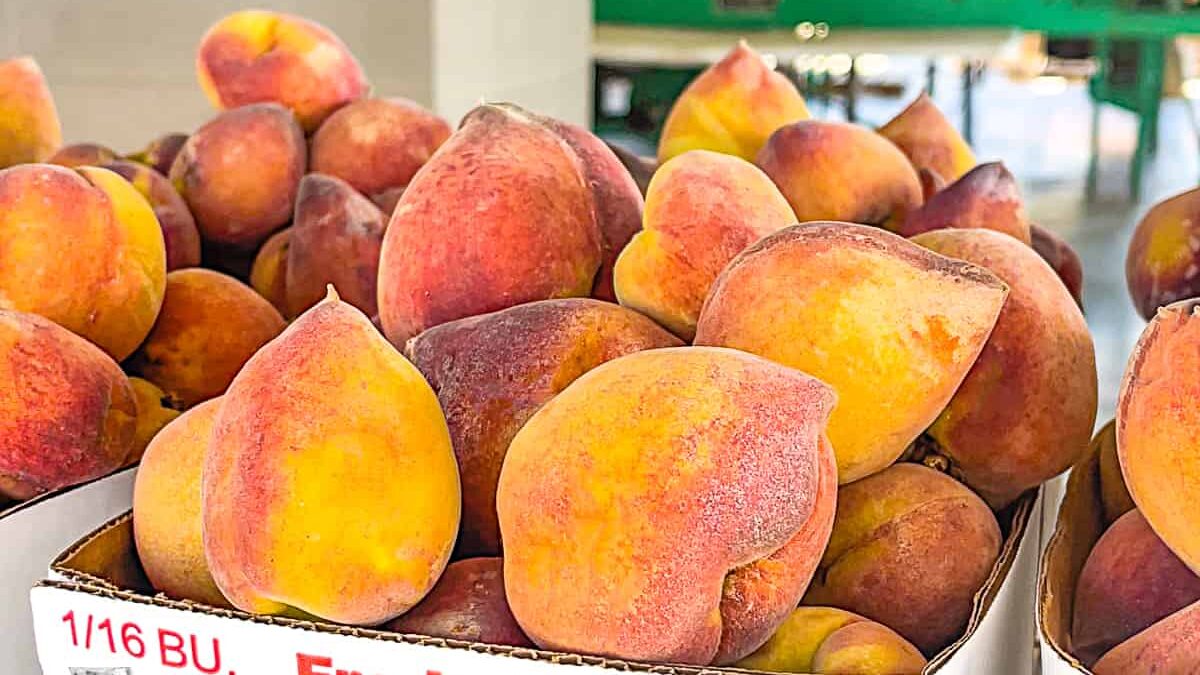
Peaches can be pickled to create a sweet and tangy flavor profile. They work well with spices like cinnamon, cloves, and ginger, resulting in a delicious and unique pickle.
Watermelon rind: The rind of watermelon, when pickled, becomes a delightful and refreshing treat. It has a slightly sweet and crunchy texture pairs well with pickling spices and brine.
Apples: Certain apple varieties, such as tart green apples, can be pickled to create a sweet and sour flavor. Pickled apples can be enjoyed independently or used as a tasty accompaniment to various dishes.
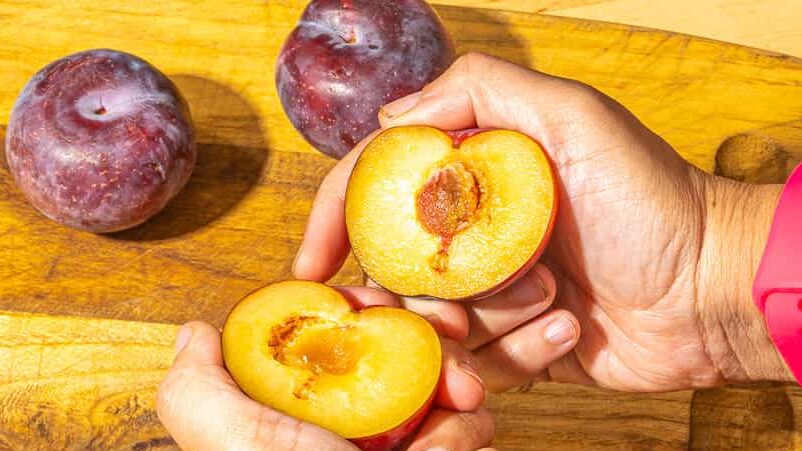
Plums: Plums can be pickled to create a unique combination of sweet and tangy flavors. They add a burst of fruity goodness to your pickling repertoire.
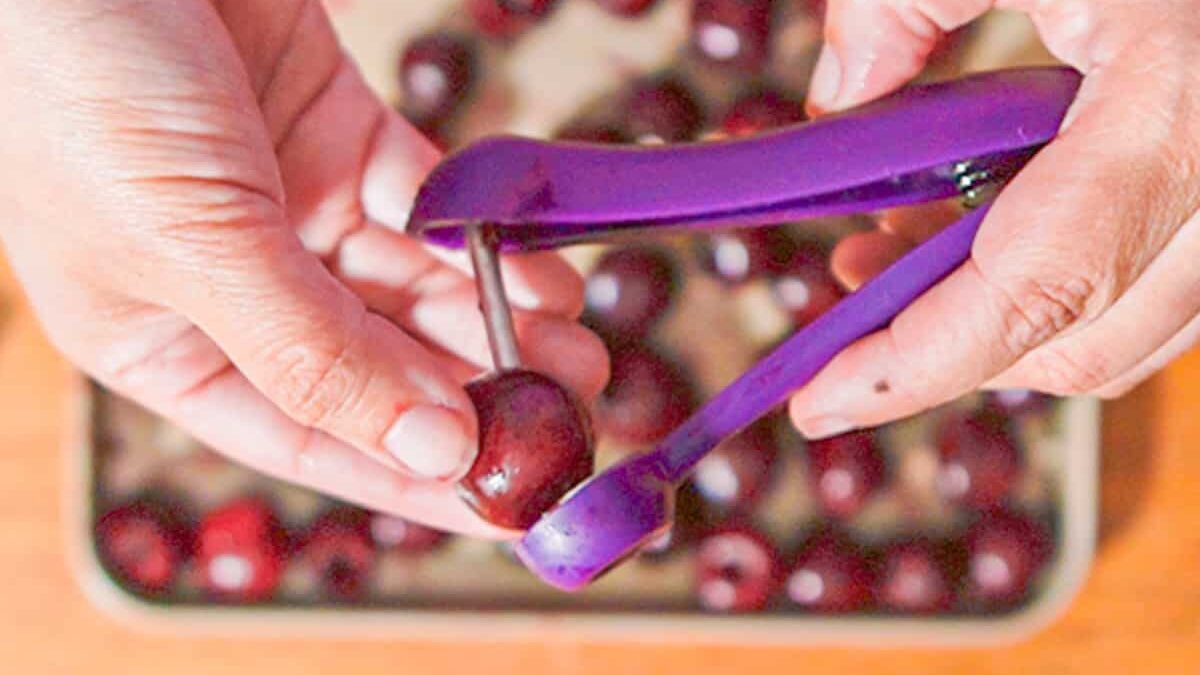
Cherries: Pickled cherries offer a delightful balance of sweetness and tanginess, adding flavor.
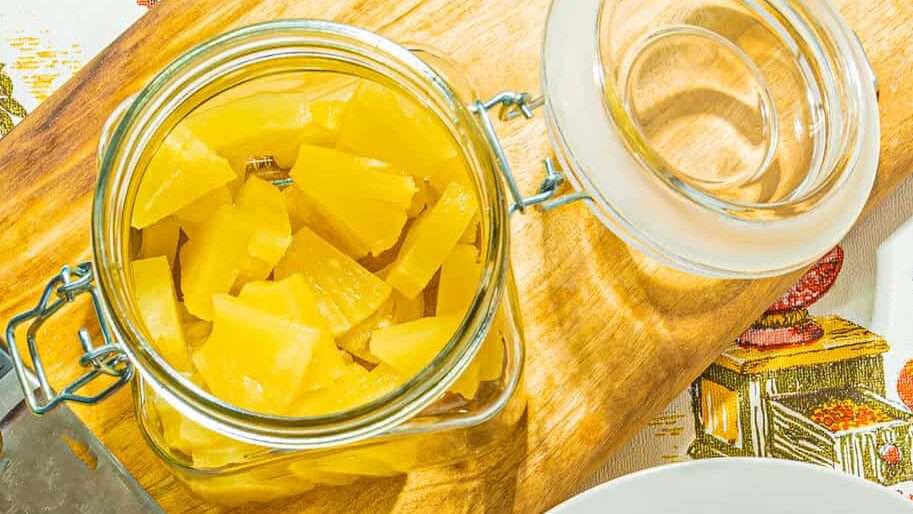
Pineapple: Pickled pineapple brings a tropical twist to your pickling adventures. It combines the sweetness of pineapple with the tanginess of the pickling brine.
These are just a few examples of fruits that can be pickled. The choice of fruit depends on personal preference and the desired flavor profile. Experimenting with different fruits can lead to exciting and unique pickling creations.
Picked Vegetables
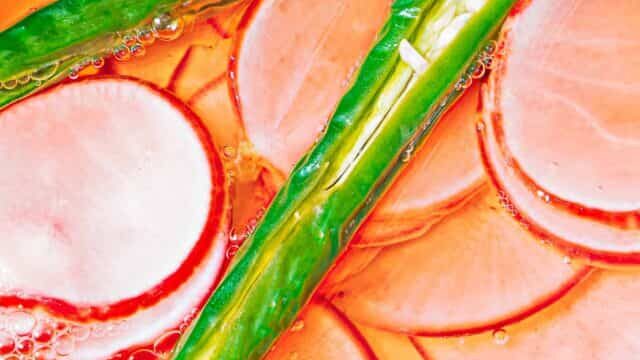
Numerous vegetables lend themselves well to pickling, offering a range of flavors, textures, and possibilities for preservation. Here are some popular vegetables that are commonly pickled:
Cucumbers: Cucumbers are the most widely picked vegetable. They are crisp, refreshing, and versatile, perfect for sweet and savory pickling recipes. Small pickling cukes are good for butter-style pickles, while older and misshapen mature pickles are great for relishes and other chopped side salads.
Carrots: Carrots can be pickled to create a crunchy and tangy treat. They retain their vibrant color and add a hint of sweetness to the pickling brine.
Beets: Pickled beets have a unique earthy flavor and a vibrant, jewel-toned appearance. They can be enjoyed independently or used to enhance salads, sandwiches, or charcuterie boards.

Radishes can be pickled to mellow their sharpness and create a delightful balance of flavors. In addition, pickled radishes add a pop of color and tang to various dishes.
Cauliflower: Cauliflower florets can be pickled to create a versatile and flavorful pickle. They absorb the pickling brine well and offer a crisp texture.
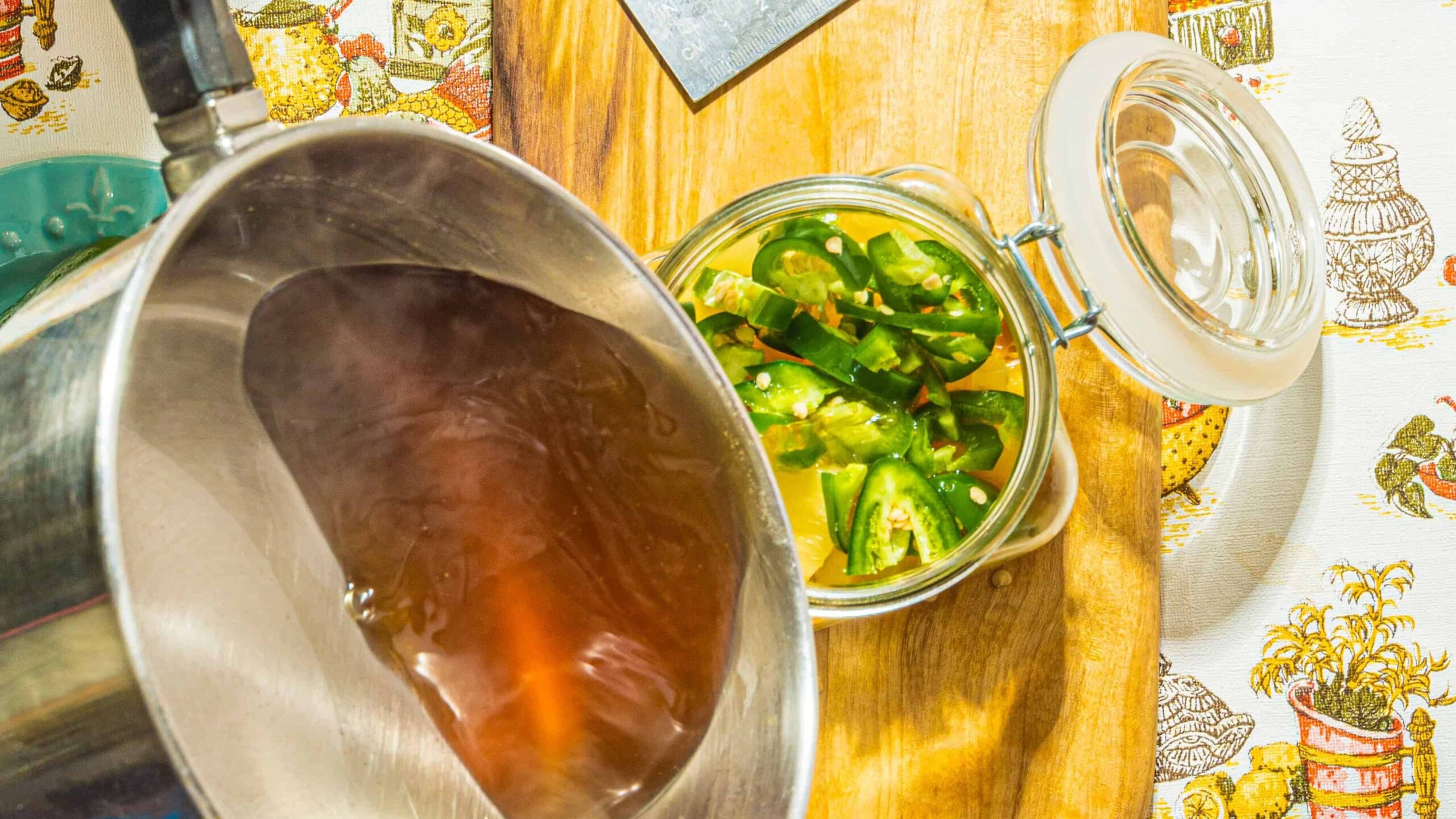
Jalapeños and Chili Peppers: Pickled jalapeños and other chili peppers provide a spicy kick and a tangy flavor. They are great for adding heat and zing to dishes like tacos, burgers, and sandwiches.
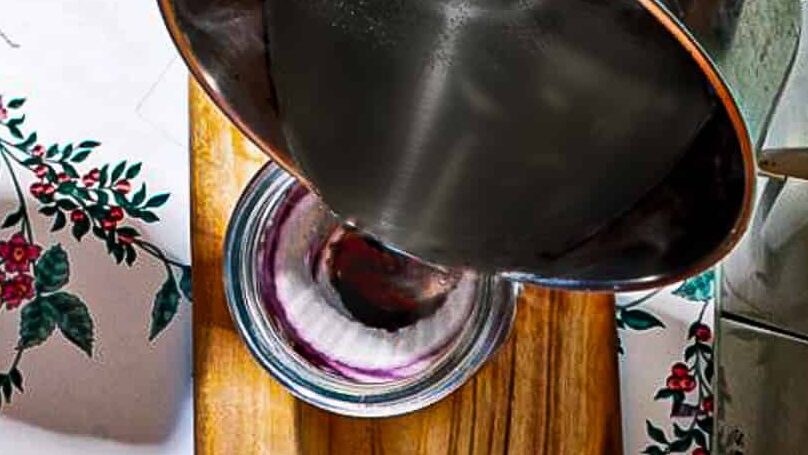
Onions can be pickled to create a tangy and slightly sweet condiment. In addition, pickled onions are excellent for flavoring sandwiches, salads, and tacos.
Green Beans: Pickled or dilly beans offer a crunchy and tangy bite. They are often seasoned with dill and garlic for added flavor.
Asparagus: Pickled spears have a unique texture and tangy flavor. They are an elegant addition to antipasto platters or enjoyed as a standalone snack.
Cabbage is an easy pickled veg that is the perfect base for a pickled slaw or tangy side dish.
These are just a few examples; many other vegetables can be picked. The best vegetables depend on what you and your family unit will eat and what you have on hand. Exploring different vegetables opens up a world of pickling possibilities.

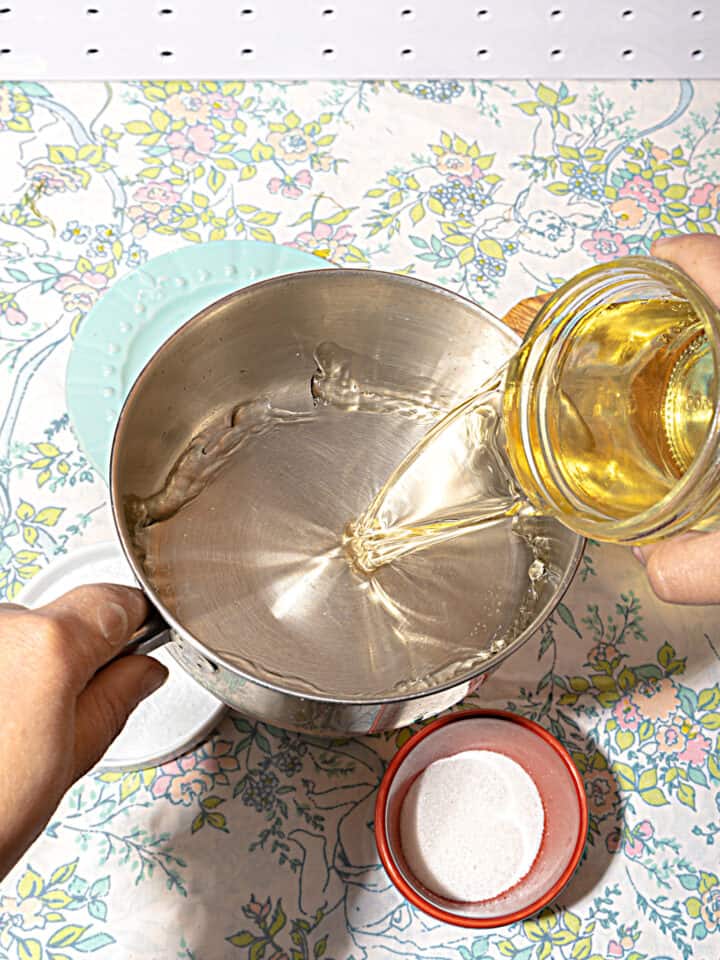
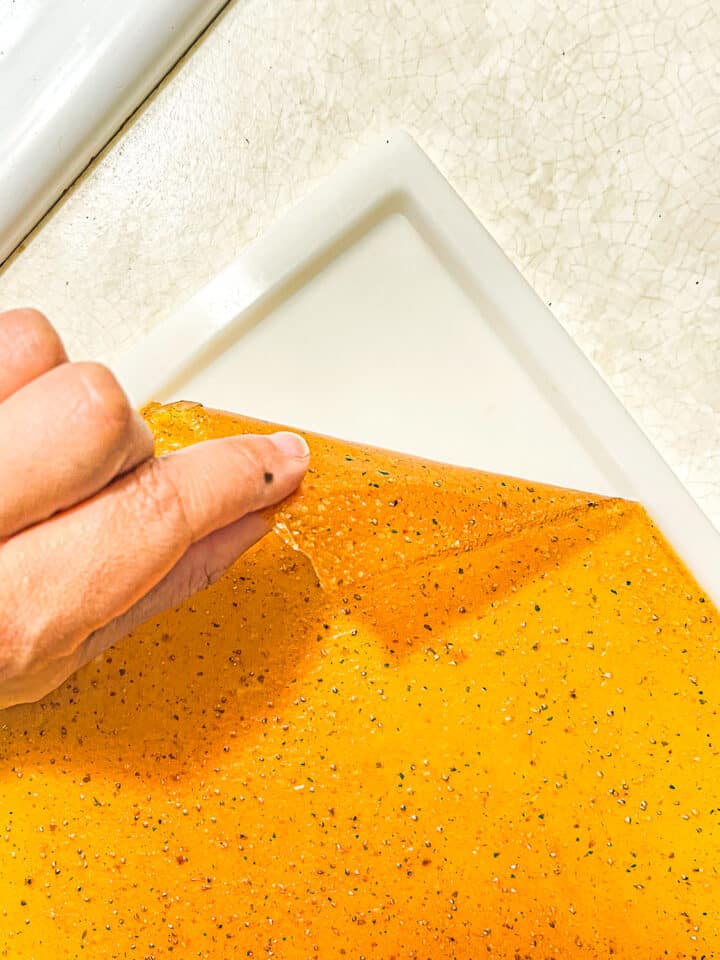
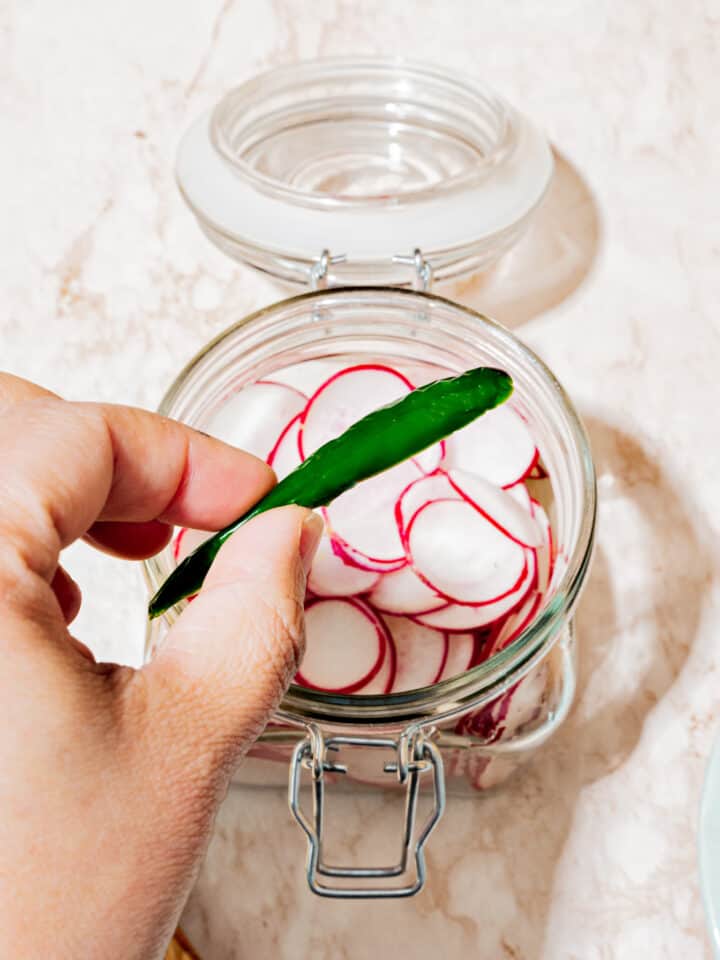
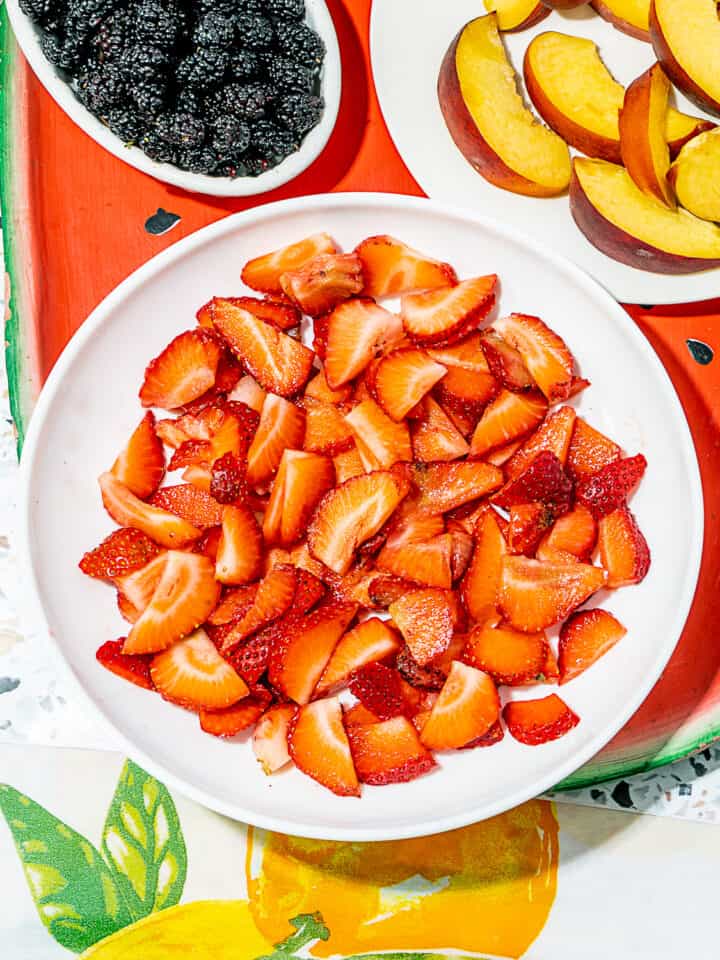

Comments
No Comments